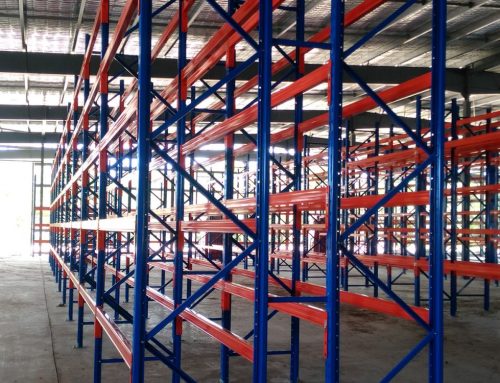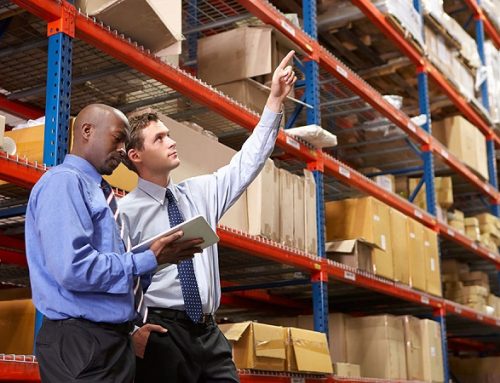Floating Warehouse: The Future of Product Delivery?
It’s no surprise that warehouse owners in Queensland, Australia have much to think about with the evolution of new technologies. The usage of automated forklift trucks and shuttle racking solutions may make you think that innovation has peaked. However, progress never stops and warehousing is charging into a whole new level. The recent announcement of Amazon’s Floating Warehouse Patent may re-coin the iconic line “Is it a bird or is it a plane……or is it a warehouse?”
The possibility of an aerial warehouse will be technically very challenging for Amazon. The e-commerce giant filed a patent for the floating warehouse in 2014 then got approved April 2016. Interestingly, the awarded patent was only discovered by media outlets towards the end of 2016. With all the gravity defying challenges proposed by the patent, will this be the warehouse of the future?
Drone Technology
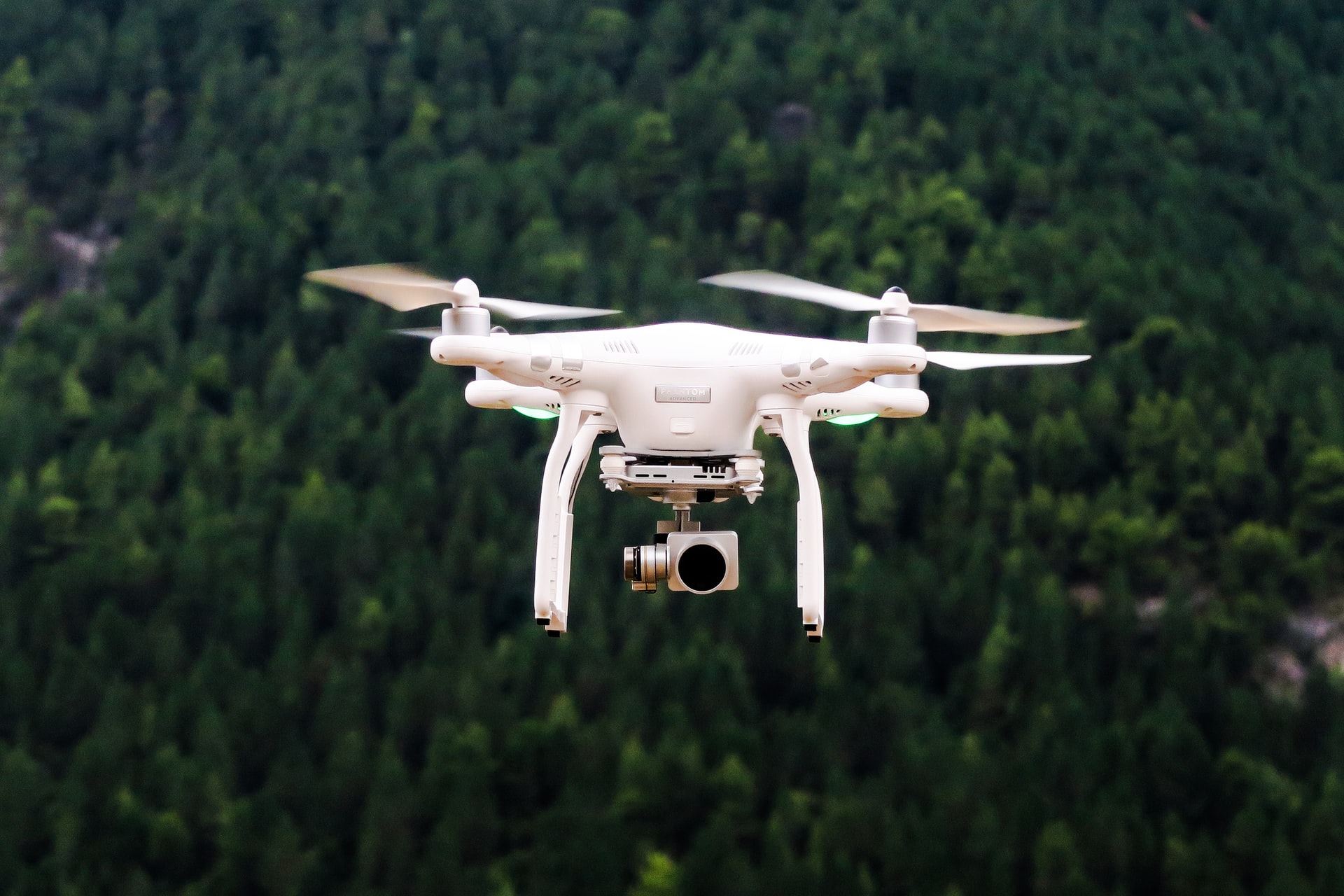
Photo Courtesy of Dion Tavenier via Unsplash
According to the patent, Amazon plans for an “airborne fulfillment center” (AFC). The AFC will be in form of an airship or drone with the capability to float at an altitude of around 15,000 metres. The airship would be filled with products with drones entering the warehouse to pick items and then deliver them directly to a customer’s home or workplace. The drone is referred to as an unmanned aerial vehicle (UAV)
Amazon believes that minimal power is needed because UAVs will float down and are not required to take off and land. The patent states, “When the UAV departs the AFC, it may descend from the high altitude of the AFC using little or no power other than to guide the UAV towards its delivery destination and/or to stabilize the UAV as it descends.”
The Early Stage of Drone System
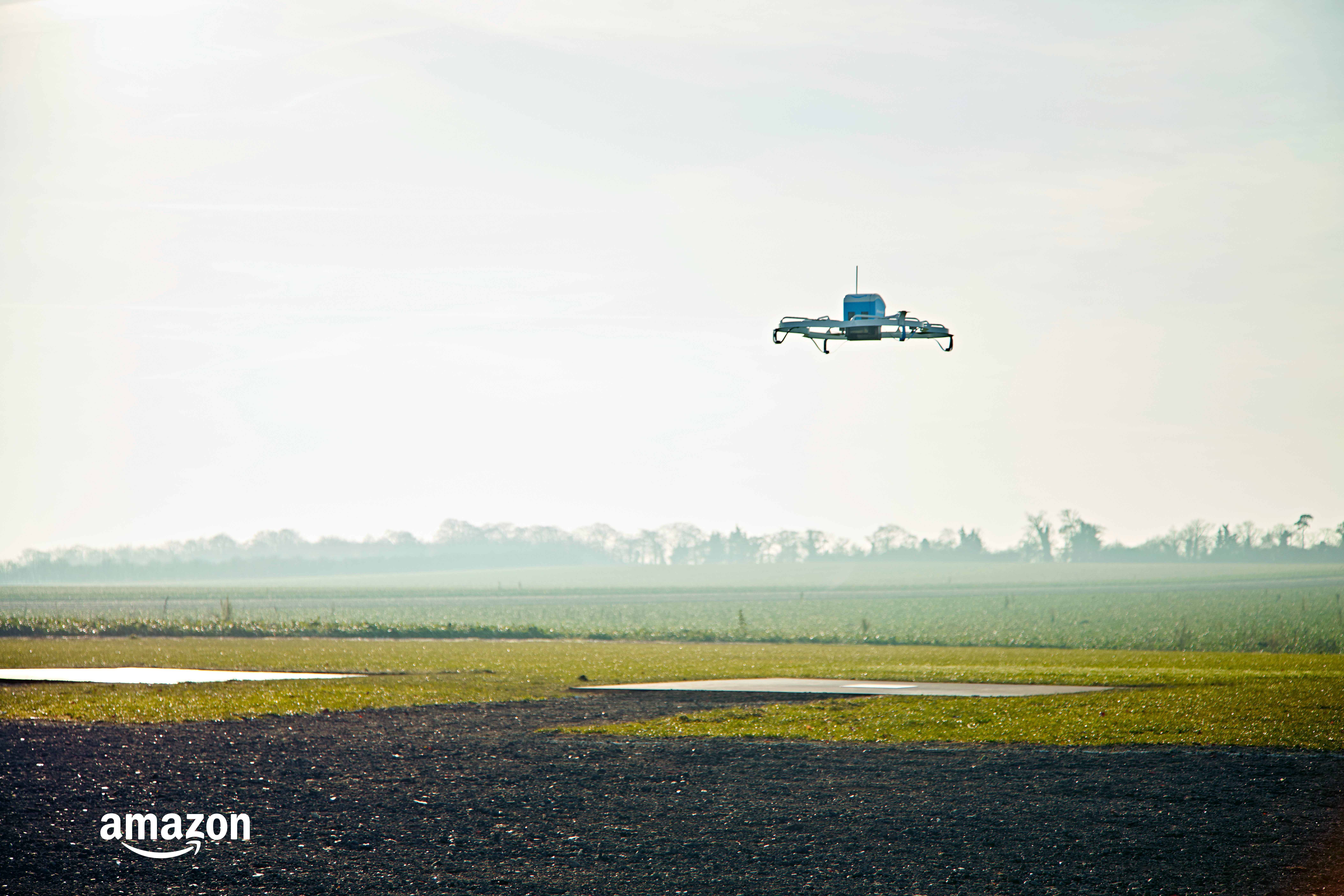 Photo Courtesy of Amazon Prime Air via Amazon
Photo Courtesy of Amazon Prime Air via Amazon
Amazon has been very keen to implement drone technology to minimise the use of traditional transporting companies. In one of its early trials, the e-commerce giant had success in delivering products through its Prime Air initiative. This airborne delivery method aims to deliver products without the need for logistics companies.
The drone delivery test successfully delivered a package to a customer living in Cambridge, England last December. The item was delivered to the customer in just 13 minutes after the request of the order. The trial for the drone delivery was documented in a video. The video showed how Cambridge customers can choose from thousands of products from Amazon’s online store. The items are in mainly in stock at a Prime Air fulfillment nearby the customers’ residences. Ordered items are placed by Amazon employees into a Prime Air Box situated inside the drone. The electric powered drone then travels along a track outside the fulfillment center. Before the proper take off, safety checks are performed The drones utilise a GPS tracking system to identify the delivery address. The system intends that drone to keep to an altitude of 130 metres.
Ever since the announcement of the idea of drone delivery in 2013, Amazon has been working hard to answer the myriad of technical, regulatory and safety issues required to build drone delivery networks and make obsolete the delivery services of logistics companies. Currently, a drone-delivery process would require a company to build numerous warehouses just to serve a certain area. The floating warehouse would make this redundant.
Floating Warehouse: A Closer Look
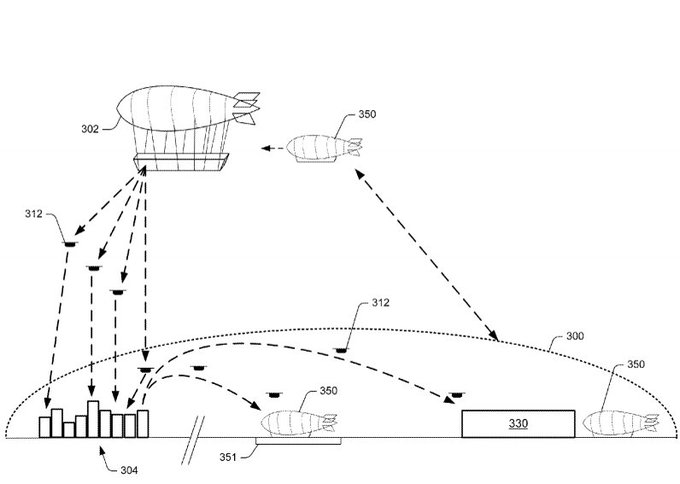
Photo Courtesy of Zoe Leavitt via Twitter
In Amazon’s patent filing, several plans for floating warehouse were revealed. One use is the provision of products such as food and merchandise in a stadium where a football game is happening. Before a match starts, the AFC would be stocked of items and deployed using drones during the game.
The company also plans to use the airship as an advertising tool. For now, little is known about the details of drone advertising and how it would display Amazon’s items for sale on its side. Another plan is to make drones capable of communicating with each other through a mesh relay network. This would enable them to share information like route and weather conditions.
Other features of The Floating Warehouse system include refueling and recharging systems for the drones, and refueling and restocking of the floating warehouse with a shuttle.
Defying Gravity

Photo Courtesy of sasint via Pixabay
The giant floating warehouse by Amazon poses several benefits, threats and challenges. One of its main advantages is the fast and smooth delivery transaction from the company to the customers. Moreover, the cost for hiring delivery personnel will be decreased as floating warehouse requires no human involvement during the delivery period. With the shuttle recharging system, the AFC can stay for long periods of time in the sky not limited to a certain location. This allows AFC, as stated in the Amazon’s patent, to “navigate to different areas depending on a variety of factors, such as weather, expected demand, and/or actual demand.”
However, these advantages have a great impact to logistics industry in Brisbane. If ever the patent flourished into an actual system, many employees in the logistics industry may lose their jobs. Since the floating warehouse main purpose is to reduce human involvement the ground delivery, industry would face the prospect of lost customers and a downturn in the need for staff.
The rising trends in warehouse show that the debate of which is a better worker, man or machine, won’t stop. Companies still trust the human input compared to machines because it is more accurate and flexible. But who knows, if the floating warehouse plan saw the light of day, it could be a great challenge for Brisbane warehousing and logistics companies all over Queensland and Australia.
Amazon’s plans appear to defy gravity but who knows where it all may lead.


